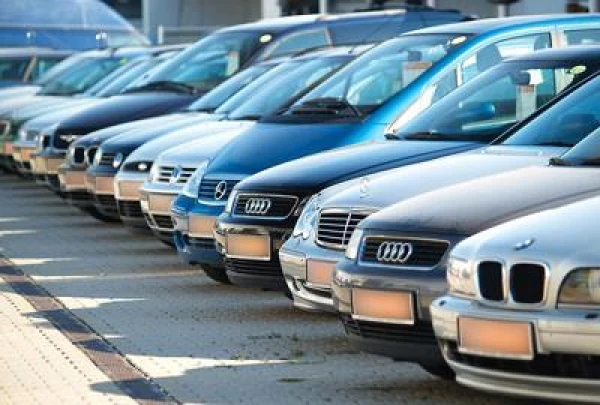
EU authorities have approved two major reforms of driving rules: one ensures that license revocation for driving under the influence will apply in all member states, while the other introduces digital licenses and updated testing standards.
Across the Territory
According to the current system, a driver who is prohibited from violating traffic rules in one EU country can often continue to drive in other countries, including the country that issued their license. Due to the lack of automatic license revocation across the EU, about 40% of violations committed abroad go unpunished.
The new law stipulates that "license revocation" issued in one EU country is effective throughout the EU, even if the license was issued elsewhere.
License revocation applies to serious violations of road safety rules, including driving under the influence of alcohol, speeding, driving under the influence of drugs, as well as violations resulting in death or serious injury.
Once an EU member state imposes a license revocation, it must notify the country that issued the license using a standard EU certificate. The latter then has 15 days to revoke the license, effectively prohibiting the offender from driving in any part of the EU for the duration of the ban.
However, there are exceptions. A country may refuse another state’s request for license revocation if the offense does not carry the same penalty under its own laws. For example, the blood alcohol limits for driving vary significantly among EU countries: some countries revoke licenses for any detected level of alcohol in the blood, while others allow a limited amount.
Digital Licenses for Drivers
The second law updates EU regulations regarding driving licenses in a broader sense, introducing digital licenses, new exam requirements, and lowering age restrictions for professional drivers.
Digital licenses, accessible via smartphone, will gradually become the primary format in the EU, although drivers can still request a physical ID.
New drivers will face a minimum two-year probationary period, as well as stricter penalties for driving under the influence, not wearing seat belts, or failing to use child safety devices.
Seventeen-year-olds will be allowed to obtain licenses, but they must be accompanied by an experienced driver until they turn 18.
To address the chronic shortage of professional drivers in Europe, the legislation lowers the minimum age for obtaining a truck driving license to 18 years, and for buses to 21 years.
New driver training programs will place greater emphasis on blind spots and interaction with vulnerable road users, such as cyclists and pedestrians.













Leave a comment